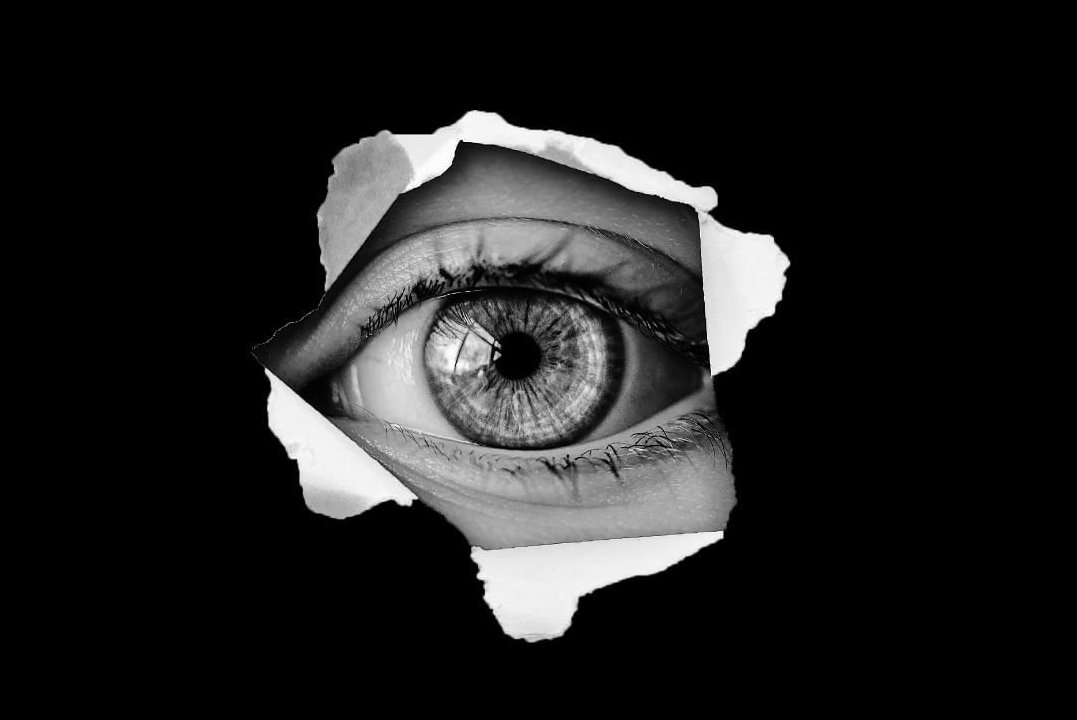More than anything, Stop Watching NOLA has questions.
Members of the advocacy group of young New Orleanians, which sprung up in opposition to the suddenly ubiquitous crime cameras, blanketing the city can’t help but wonder about the eyes in the sky. Like the rest of New Orleans they were given virtually no information about the cameras before they appeared. So, they’re left mulling over the 5 W’s.
The what of it is pretty easy to figure out. You can’t miss the what when it’s 10 feet up and flashing. They know that there are supposedly 1,500 of those cameras in the process of being put up around the city. They know that their opponents claim the initiative to observe the city from above will reduce crime. But for a campaign that hopes to get a clear picture of law-breaking in the city, too much of the project remains intentionally obscured. Stop Watching NOLA wants to know when the cameras will go up, where they will be placed and why (as well of the who of who sits on the other end of the monitors).
“I am a student, who lives out of state, and come home to find these cameras everywhere in the city,” explained SWN member Bradley Nzinga. “And honestly everything I learned about them was from word of mouth. There was no public record of anything about this which is wrong. So a group of individuals came together to do something about it.”
While there is no publicly accessible timeline of camera installations, the anti-camera activists all have stories about their own personal when, the unsettling first moment that they realized they were being watched.
“It felt like an invasion of privacy. It felt really creepy like ‘Who’s watching?’” said member Brunisha Jones. “When I first noticed them they weren’t as prominent. There weren’t as many of them. But soon they just started popping up everywhere… It gave me the creeps.
“I believe the first time i noticed them was driving at night, because they have that eerie red and blue flash,” Nzinga said. “So, first and foremost I thought, Oh, there’s a traffic stop coming up because that has to be a cop. But the angles are off so, how is this cop…wait, there’s no one there.”
Nzinga said that the lack of information about the cameras turned everyone into the tin-foil hat type.
“It got to the point where I started feeling like a conspiracy theorist. You don’t know what’s true and what’s fact,” he said. “And it gets to be a point where everything is traveling by word-of-mouth and there’s no public record saying who these cameras are for, what they’re doing, who is seeing you over these cameras. And people love to embellish a good story.”
Not content to just leave the questions up to the storytellers, Stop Watching NOLA began collecting as much data as they could on the cameras and trying to spread it as far as possible. The collective of 20 or so local activists launched a website with the intention of crowdsourcing information that they weren’t being handed by the city of New Orleans. On the website, citizens can report new crime cameras as they go up and the members can verify on their own time that the map is truthful.
“Anybody can report one of the cameras and we go back and double-check to verify that it’s actually there,” Nzinga explained. There are a lot of trolls out there so we want to make sure that the information is accurate.”
The collective took their awareness campaign to another level over Essence Fest weekend, debuting a billboard that warned interstate travelers that the city was under surveillance.
https://www.instagram.com/p/BlERn8qHgUc/?taken-by=stop.watching.nola
“At our core, we’re just trying to get information about the cameras out,” Nziga said of the eye-catching advertisement.
The activists in the group say that they want New Orleans residents to be able to make an informed decision about whether or not they want these cameras in their city.
“It’s still a work in progress, but, ultimately, we want this to be a community decision. If the community decides that surveillance cameras are what is best for New Orleans, then I am 100 percent for it,” Nzinga said. “I personally disagree with that decision, but if this comes to the public as public information and the community decides ‘This is what we want. This is how we will feel protected and safe.’ Then, I can’t argue with that.”
Nzinga added that he also hopes to “get the public more involved” with the existing camera system, should it stay. He pitched a citizen oversight committee, a group of residents “who know where these cameras are, who has access to these cameras and to what ends.”
Outside of those lingering W’s, there’s also the question of how the cameras are being installed: with taxpayer money. Both Nzinga and Jones think that the money spent on camera systems could be better spent on programs that would alleviate crime in the long-term. Community programs, housing initiatives and infrastructure repairs all rank higher on their lists of possible crime-fighting programs than any camera because they believe they will help people in the longer term and remove the motive to commit crime.
Going back to the first camera he saw, while driving near his home in New Orleans East, Nzinga explains how he thinks the cameras are coming at the problem backwards.
“[Reducing crime] really can be as simple as better lighting. There are zero street lamps where I’m at,” he said. “I’m driving around in the darkness. But there are cameras.”
“The camera can see but we can’t,” Jones added.
Very Local made several attempts to reach NOPD representatives for comment. As of press time, they have not responded. More information on Stop Watching NOLA and their crowdsourced crime camera map can be found at their website.







